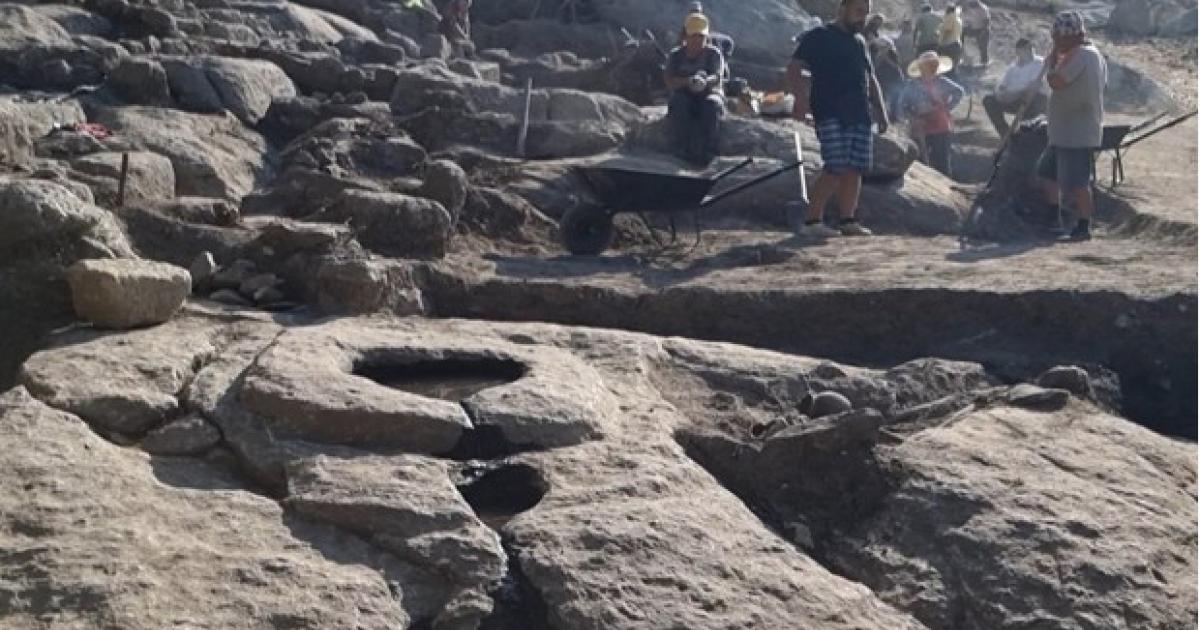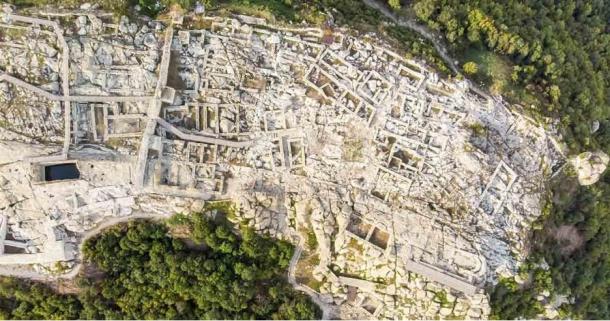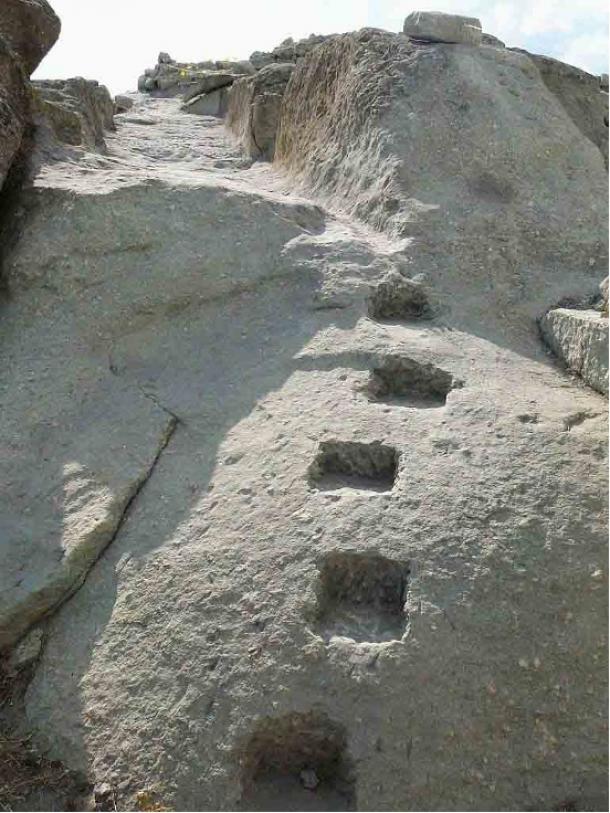The ancient city of Perperikon, an extensive and partly rock-carved site located in Bulgaria’s Eastern Rhodopes, continually reveals insights into its rich, complex history with each excavation. Recently, two pagan altars were discovered; one was utilized for sacred winemaking, while the other was designated for animal sacrifices. These findings, shared by Professor Nikolay Ovcharov, the head of the excavation team, illuminate the religious customs of the site’s inhabitants during the Roman era. Both altars are situated in the southern section of Perperikon, now recognized as the “sacra” or sacred zone, which included multiple temples and functioned as a worship center, as reported by Bulgarian National Television.
8,000 Years of History at Perperikon
Perperikon, an ancient Thracian city found in the Eastern Rhodope mountains of southern Bulgaria near Kardzhali, rests atop a 470-meter-high hill and is regarded as a sacred location. The nearby village of Gorna Krepost and the gold-rich Perpereshka River further enhance its importance. As the largest megalithic site in the Balkans, Perperikon boasts a history that spans 8,000 years, having been inhabited by various civilizations including the Thracians, Romans, Byzantines, and the medieval Bulgarian Empire.

A Sacred Altar for Animal Sacrifices
One of the altars has been partially reconstructed based on archaeological evidence and comparisons with Roman-era practices; it was specifically designed for blood sacrifices. This altar features a small basin capable of holding 5 to 7 liters (1.3 to 1.8 gallons) of liquid, with a drainage hole at its base that allows the liquid to flow into a secondary basin.
According to Prof. Ovcharov, this design indicates that the altar was utilized for rituals honoring chthonic gods—deities associated with the underworld. The sacrifices typically involved healthy animals such as goats and sheep, which were prepared a day in advance. It was believed these animals participated willingly in the rituals rather than being forcefully brought to the altar.

The ceremonies at this altar likely date back to the 3rd or 4th century AD and were characterized by participants wearing black garments, distinguishing them from other ceremonial attire of the time. The animals chosen for sacrifice also had black fur, symbolically linking them to the deities of the underworld.
During the sacrificial rites, the animal’s head would be bent downward to allow its blood to flow into the altar’s collection basin. This act was not merely ritualistic; it embodied a vital spiritual connection between mortals and the divine forces that govern the earth below.
The Temple Complex of Perperikon
Prof. Ovcharov noted that this southern region, referred to as the “area sacra,” included a temple dedicated to the Thracian Horseman—a heroic figure commonly depicted in ancient Thracian art—as well as temples honoring Mithras and other deities. Among numerous structures in this area, an unidentified temple possibly associated with wine worship was uncovered two years ago. This temple, alongside the altars, underscores the syncretic character of religious practices at Perperikon, where various gods from different cultures were honored.
Insights into Prehistoric and Roman-Era Rituals
Interestingly, while these altars were predominantly active during the Roman period, the sacred wine altar may trace its origins back to the end of the Bronze Age—approximately 3,500 years ago—indicating that Perperikon served as an important religious center long before Roman dominance. Throughout the pagan era, wine held a significant place in rituals at Perperikon, and this tradition appears to have continued until the site’s decline during the Middle Ages.

Perperikon’s role as both a religious and political hub made it central to Thracians, Romans, and later medieval societies. Current excavations have been ongoing for 25 years and continue to reveal layers of its history. This year alone, approximately 60 archaeologists are engaged in work expected to last until November. The excavation project is backed by funding of half a million Bulgarian lev (around $275,000), representing the largest effort yet at Perperikon.

